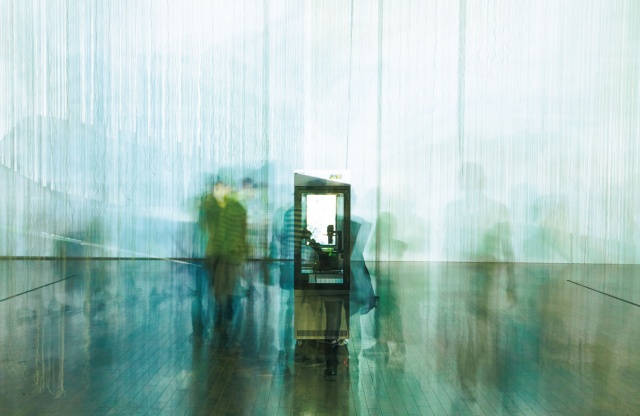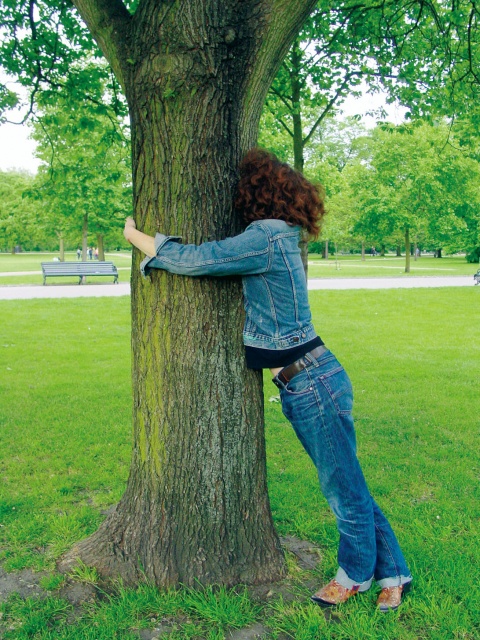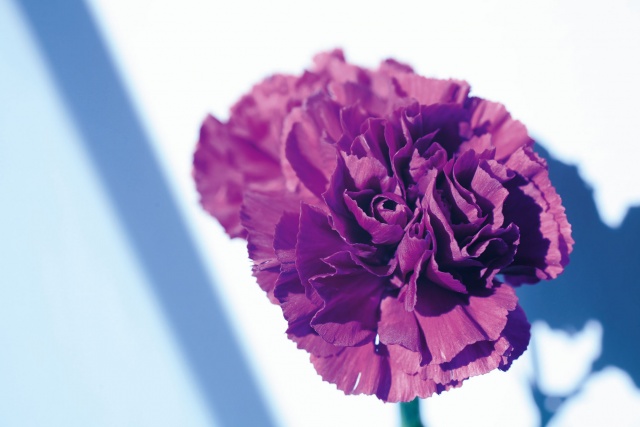vol.
012
MARCH
2016
vol.012 / Special
Unseeing eyes
Sari Hayashiguchi|Shiho Fukuhara|Kenji Kai|Hisashi Kitano|Kunihiko Morinaga|Norimizu Ameya|Nao Tsuda
Bees and cabbage white butterflies can see ultraviolet rays; pit vipers can see infrared rays.
If we had an eye transplant from another organism, we would probably live in an entirely different world.Apparently by sensing things we cannot see, we can sometimes visualize them.
The outer space, life, distance, consciousness, words, time: six people turned their eyes towards these.
We’re talking about seeing the unseen world.
Sari Hayashiguchi|Shiho Fukuhara|Kenji Kai/Hisashi Kitano|Kunihiko Morinaga|Norimizu Ameya|Nao Tsuda
Life
To question the gap between fact and sensation
Shiho Fukuhara
What is humanity? What is life? As an artist, I believe that it is my mission to search for answers to these intangible questions.
DNA* and the idea of DNA is one of the materials I use in this endeavor. When I was young, my father, a researcher of dental genetics and medical doctor, taught me about DNA. I was so excited. There’s so many exciting thinks connected to DNA. It’s mind-blowing that this little double-helix is the basis of all the life we know. If we want makes us, maybe we can then unravel humanity’s mysteries.
Besides utilizing DNA in my art work, a knowledge of biotechnology is essential. However, there’s a gap between the scientific “fact” and the human “sensation.” I think that art can express that sensation, which science doesn’t really have an answer for.

Ghost in the Cell re-examines the boundary between the living and the non-living, between life and death, by creating a synthetic genome for “Hatsune Miku,” — the singing synthesizer program — and then adding parts of this DNA in iPS Cells, which were developed in beating heart cells. BCL partnered with sound artist Nao Tokui and Semitransparent Design to create an installation that imagines the exhibition space as a single cell. The installation is on display at the 21st Century Museum of Contemporary Art, Kanazawa until March 21st.
For example, at Biopresence, a company I started with Georg Tremmel in the UK, we imagined a project, where we would take a DNA sample from a living person and insert and encode it within a tree. When the person would be die, her DNA would still be alive and living in the tree. The trees play a symbolic part in people’s lives, and people can even embrace them. We thought the trees would give birth to an avenue for the living to communicate with the dead, which a cold gravestone doesn’t do.
Looking at it from a scientific perspective, the deceased’s life isn’t held anywhere in the memorial tree. However, the “sensation” of the deceased’s essence and memories remains. Through these memorial trees, I wanted to hear the tales of the deceased from those left behind. The memorial trees are tools for hearing those tales.

At the moment, I’m continuing the “Common Flower/White Out” project, which takes a genetically modified blue carnation and returns it to its natural white state. Once it’s turned back to white, even though you can’t see it, there are still traces of the genetic operation left behind. I want to know what everyone thinks about that. If you can modify the genetics of something that’s been modified already, using your own two hands, a feeling of being able to control that technology is born. In other words, I think that if you can learn biotechnology, the one-sided idea that genetically modifying things is a dangerous technology will fade away.
At its heart, science is a public discipline, but in actual fact it’s still a closed world. I want to open up that world. I believe this is also my mission.

Editing & Written by Nanae Mizushima
Translation: Office Miyazaki, Inc.



